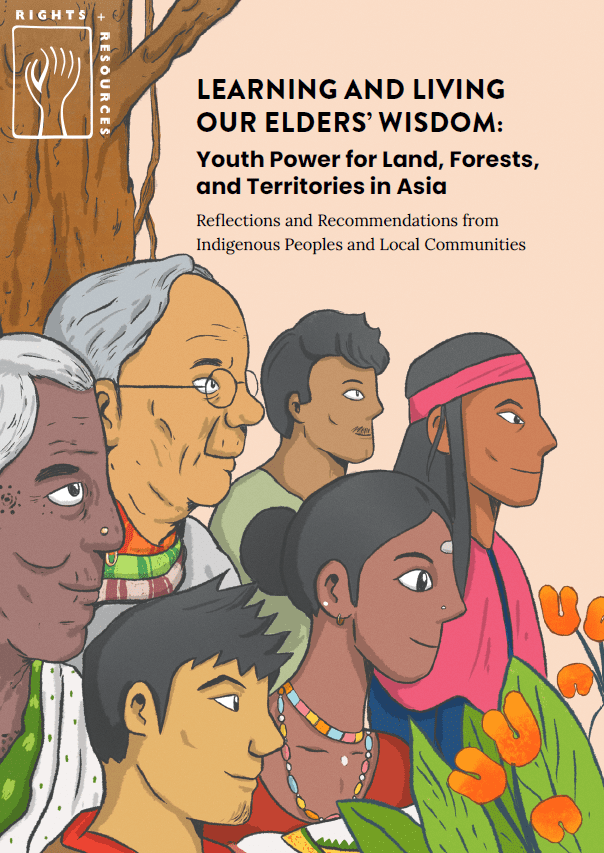Date: October 16, 2023
Co-authored with 15 organizations across Asia—spanning youth groups, Indigenous networks, and ally organizations—this new report brings to the fore the experiences and leadership of youth activists into a Call to Action.
Indigenous and local community youth in Asia, and around the world more broadly, often straddle what seem like impossible compromises. They navigate the delicate balance between forces of modernization and their intergenerational connection to home and community.
This report shows how by building a strong intergenerational bond with their communities, culture, and ecological context, youth become self-motivated defenders of their collective rights. Mentors and movements energize their growth, and solidarity from allies strengthens their struggles.
Here are 5 key principles they recommend for building Indigenous and local community youth leadership in 2024 and beyond:
- Youth organizing is always intergenerational
- Leaders create more leaders
- Youth learn by leading and allies lead by trusting them
- Youth safety is a shared duty
- Solidarity is sacred
Young people often understand what is at stake because they have experienced it. They understand that their issues are interconnected and entrenched because they have struggled to untangle and overcome them. But most importantly, they are ready to consolidate the commitment and wisdom needed to win together.
The co-authors of this report are: Aliansi Masyarakat Adat Nusantara; Asia Indigenous Peoples Pact; Asia Indigenous Youth Platform; Asia Young Indigenous Peoples Network; Barisan Pemuda Adat Nusantara; Cambodia Indigenous Peoples Alliance; Cambodia Indigenous Youth Association; Center for Indigenous Peoples’ Research and Development; Federation of Community Forestry Users Nepal; Kaum Muda Tanah Air (KATA) Indonesia; Konsorsium Pembaruan Agraria; RECOFTC; Rights and Resources Initiative; RMI-The Indonesian Institute for Forest and Environment; and Youth Federation of Indigenous Nationalities.
The full report is also available in Nepali or Bahasa Indonesia.
https://doi.org/10.53892/QFBW3755

